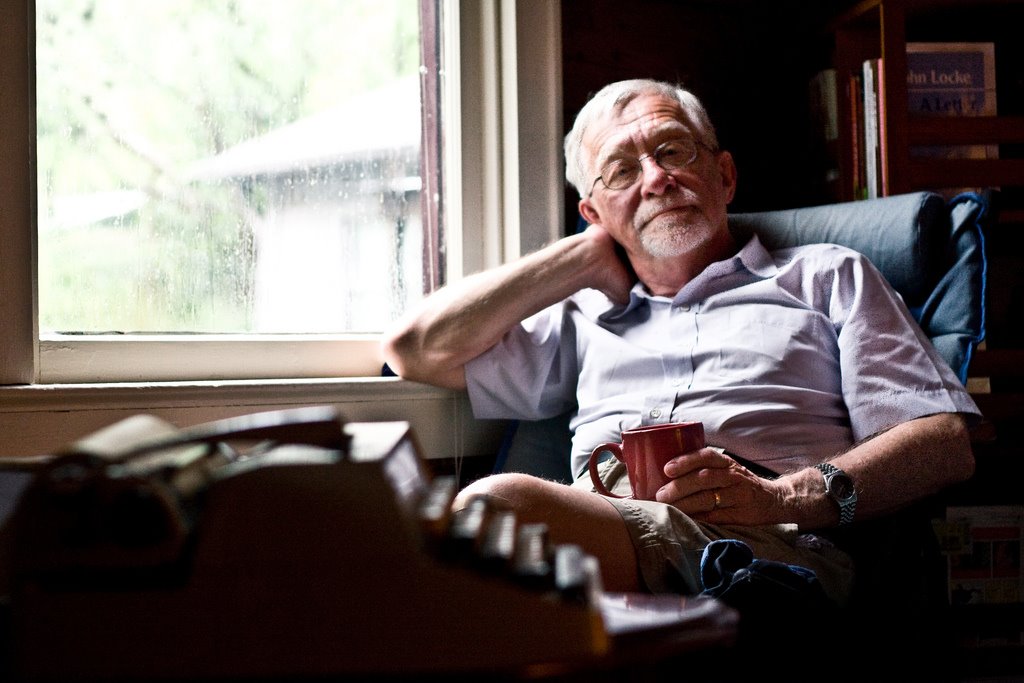From my Workshop X:
Final Call
Imploded old barn, in the proximity
of Långsjön,
Northern Bohuslän, southwestern
Sweden.
One of the first – and most cited – ready-mades
was Marcel Duchamps Fontaine – a
peace from a public urinoir ,brought
out of its context,rotated 90 degrees and presented as a work of art 1917.It
was preceded by the same artist’s bottledryer of 1914. The invention was
followed by a great number of works in the same genre by some of the best
artists of the twenties, among them Man Ray and Picasso. Actually,Duchamp’s
work opened for an entire new line in the visual arts. Among more recent
contributions are by such artists as
Josef Buys and Carl-Fredrik Reuterswärd. The terms ”Readymade” and ”Objet
trouvée” are often used as synonyms, which is the case in this presentation .However,many artists, e.g. Nina Weitzner, make
a distinction between natural objects (objets trouvées) and artifacts,which,
taken out of their original context or use ,and brought into another ,take on a
completely new significance,(ready-mades).To us,the distinction seems less
important.The gist of the process is the fact that an existing object,given a
new interpretation is taken out of a context and brought into another. An
analogue,is a written sentence,taken out of its original text and brought into
another.The operation is able to constitute a new carrier of meaning as
effectively as the writing of a new sentence.
We are
dealing with a phenomenon at the very infinitely narrow edge of the semiosis ,the process where a something
is enabled to cognitively substitute for something else.
”The moon” is different from the moon. The first is a string
of signs and the second is a celestial body.They have absolutely nothing in
common,but the referential relationship and nobody should be able to confuse
them.
The
signifier could get much closer to the signified; think of a series of numbers
1,2,3,…refering to another part of the number continuum, say 4,5,6…Let s get
still closer ! Lets consider a case of
cryptation,where 1,2,3..stands for 1,2,3…Not a very useful device but no doubt
a case of cryptation,the zero case.By cryptation we might normally mean an
operation where a structure,an ordered something is made to represent another
structure.But can a structure encrypt itself ?
An idea for
a detective story would be a situation where some object or person of very
great significance is hidden from those who pursue it by being placed in the
most open,the possibly most accessible space.A trick which actually seems to
have been used during house searches in totalitarian police states.
In my book
”Gegen Null.Eine Mathemathische phantasie” (Sezession Verlag.
Zürich und Berlin 2011) I introduced the idea of a room – e.g. in a
museal palace – which represents itself.It
seems that the very act of making the room into a representation of itself - physically marked e.g. by putting up a rope
which divides the museal space from the onlooker´s space – seems to turn the
room into another room.
My object Final Call is present in my workshop
only as a (slightly processed) photography. So,in what sense could I claim it
as mine ? ? I could not, and have no, wish to bring it from its place.The legal and physical
obstacles ,not to speak about the economic ones, would be considerable. The
only support for such an inherent claim to include it in the From My Workshop series - just as if it
were an object of my own production exposed in my workshop - seems to be that I have performed the act of committing
the imploded barn in Bohuslän to portray
itself. A performative act in the
sense of the late J.L.Austin.[1]
So in this
work of art,the last to be described in my net anthology ”From my Workshop” the
signified fills the signifyer to the outer rim,and there is nothing in the
signified which could be completed.
[1] Actually
the present writer and later Richard
Wollheim have, independently one of the other, suggested the expansion of
Austin’s speach-act model to artistic and poetic acts.See e.g. Lars Gustafsson
”Om analysen av diktade satser” in ”Utopier och andra essäer om ”dikt” och
”liv” .Stockholm 1969. (In German by Carl Hanser 1970 under the title ”Utopien”.)



No comments:
Post a Comment